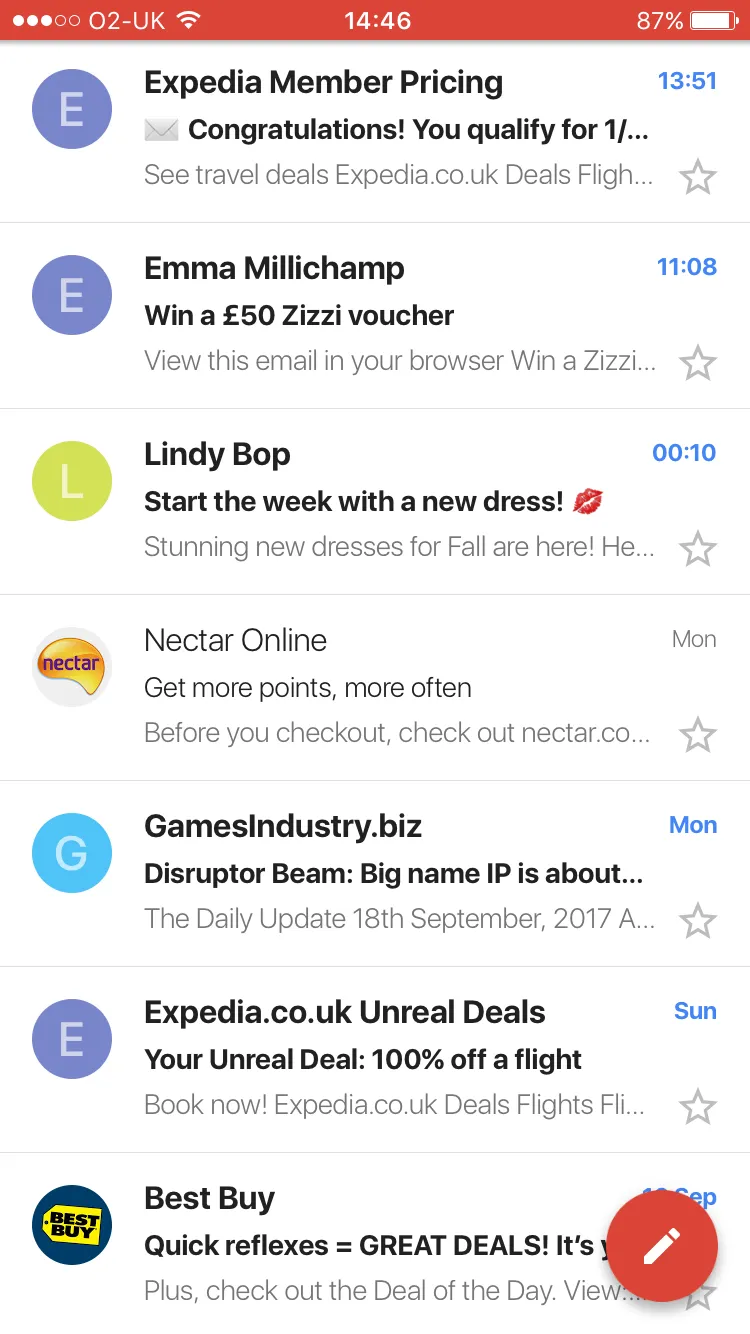Worried that you’ll have to scrap your email lists with GDPR? Add a re-permission element to your next email campaign! If you haven’t heard about how GDPR will impact marketing, here are the basics…
75% of UK marketing data could be made obsolete by GDPR
From the 25th May 2018, the following rules apply to anyone holding or using personal data belonging to EU citizens:
- Individuals must give clear, recorded consent to receive marketing communication.
So, rather than misleading ‘opt-out’ boxes or soft opt-in statements, you need to be unambiguous in your opt-in agreement.
- Full transparency.
Brands must show that consent was obtained, that the data is being stored for the agreed purpose, and that it is amended or deleted immediately upon request.
- Individuals must no longer find themselves unknowingly ‘agreeing to’ terms.
You can’t trick people into accepting a deluge of newsletters, third-party promotions and cookies because they missed checking a box hidden among pages of small print.
Even if your database is from a purchased customer list, brands must still ensure that the consent of the individuals on the list is clearly documented.
Facebook recently announced that it was segregating its EU users under new terms of service. Meanwhile, the other 1.5bn users will operate under their U.S. terms. This is certainly one solution, but it isn’t for everyone. What if the majority of your customers are in the EU?
Discover How GDPR Could Affect You

What is a re-permission campaign?
A Re-Permission Campaign is a simple campaign that asks your subscribers whether or not they want to keep receiving your emails.
They serve the purpose of both reminding your customers of your brand and helping you comply with the upcoming GDPR regulations.
Re-permission campaigns set clear expectations, and offer a simple Yes (I want your emails!) or No (get me off your list!) options.
Done correctly, your inevitably smaller mailing list will have met the compliance standards of GDPR, future-proofing your mailing list, while re-engaging your customers.
Launching a re-permission campaign offers a number of additional opportunities…
To ensure optimal conversion on your email campaigns, your lists need pruning and updating from time to time. A re-permission campaign can naturally become a part of a broad remarketing campaign designed to refine your email lists.
This is a chance for marketers to craft compelling content that nurtures all-new customer interest. It means targeting the right customers with the right content. Above all, it means adopting an inbound marketing strategy, presenting customers with exactly the right content at the appropriate stage of their journey.
Establishing trust is more important than ever for brands. With concerns over hacking, cyber theft and privacy in the news today, consumers demand greater transparency and trust from their brands.
A campaign designed around highlighting those valuable trust elements will give your customers the confidence that their data is in safe hands.
How to make a re-permission email campaign a success
Get creative! Just like any other email marketing campaign, the reason your customers open your emails and sign up to your newsletters is because you have something they value. This could be some great content, product discounts or announcements for events.
Start with a pitch that really hits home
Keep in mind that when you launch a re-permission campaign, you’re intentionally offering your customers an opportunity to opt out of your communication.
Make sure your campaign conveys the value of your brand. Give your audience a reason to stick with you and make them think they’re value in granting their permission.
Go back to the basics of what makes a quality hook. Make use of power words, numbers, emojis and mystery in your subject lines to help your email stand out in the inbox.
Take a look at this inbox. Which subject lines stand out to you?
The most powerful subject lines invoke emotion, pique curiosity and offer value right out of the gate. Never bury the lead when it comes to email marketing. Have a good understanding of your customers and write to them personally.
Finally, make sure your message is from your actual brand in the address bar, as it helps build trust.
Incentivise your customers to engage with your brand
Explaining the value in reaffirming consent will easily convince your most loyal brand advocates to comply. But for the rest, having a compelling incentive is key. Make people see the value in giving their consent.
If you’re a retail brand, that incentive might be a discount; if it’s an industry-specific service provider, it might mean giving customers advance access to webinars, exclusive content or services.
By sending someone an email that, for example, offers £25 off their next purchase, they are hooked in and want to read more. They will see value in your marketing and be happier to opt in to your email list. Plus, you can also easily identify whether the campaign has succeeded by tracking which customers take advantage of the discount.
You must it clear that the intent of the opt in is for further marketing, not the deal. But a tempting offer will improve email open rates and drive positive sentiment.
Re-permissioning campaigns are just one element of email marketing, but serve a number of valuable purposes. In addition to future-proofing your mailing list against forthcoming privacy legislation, they actively engage your customers and raise the overall quality of your leads.






